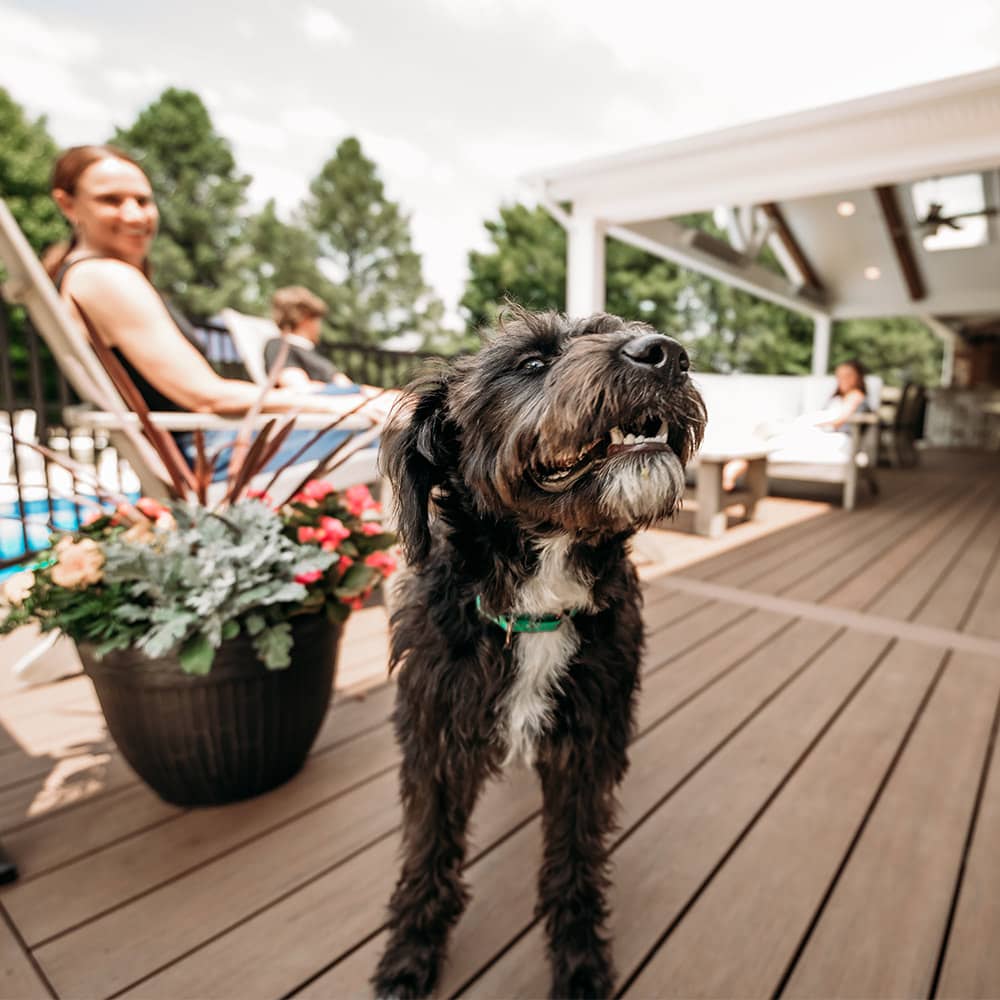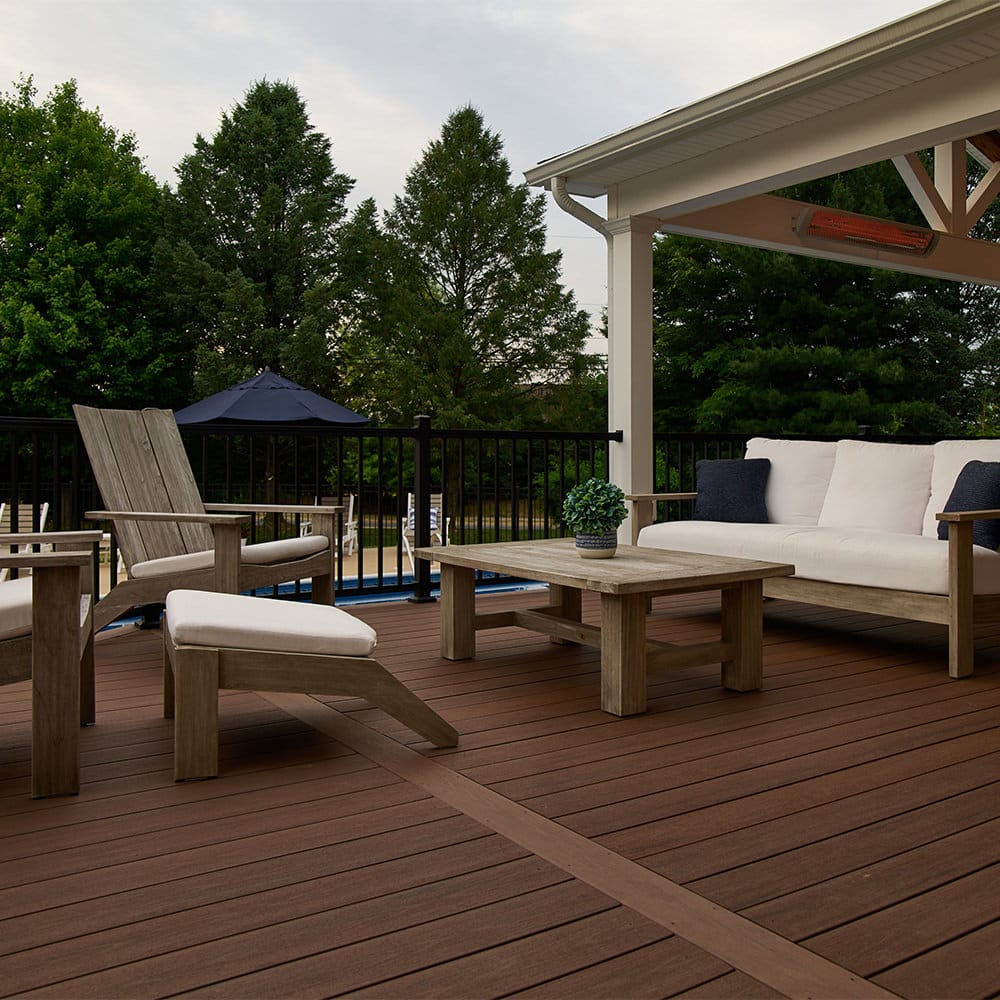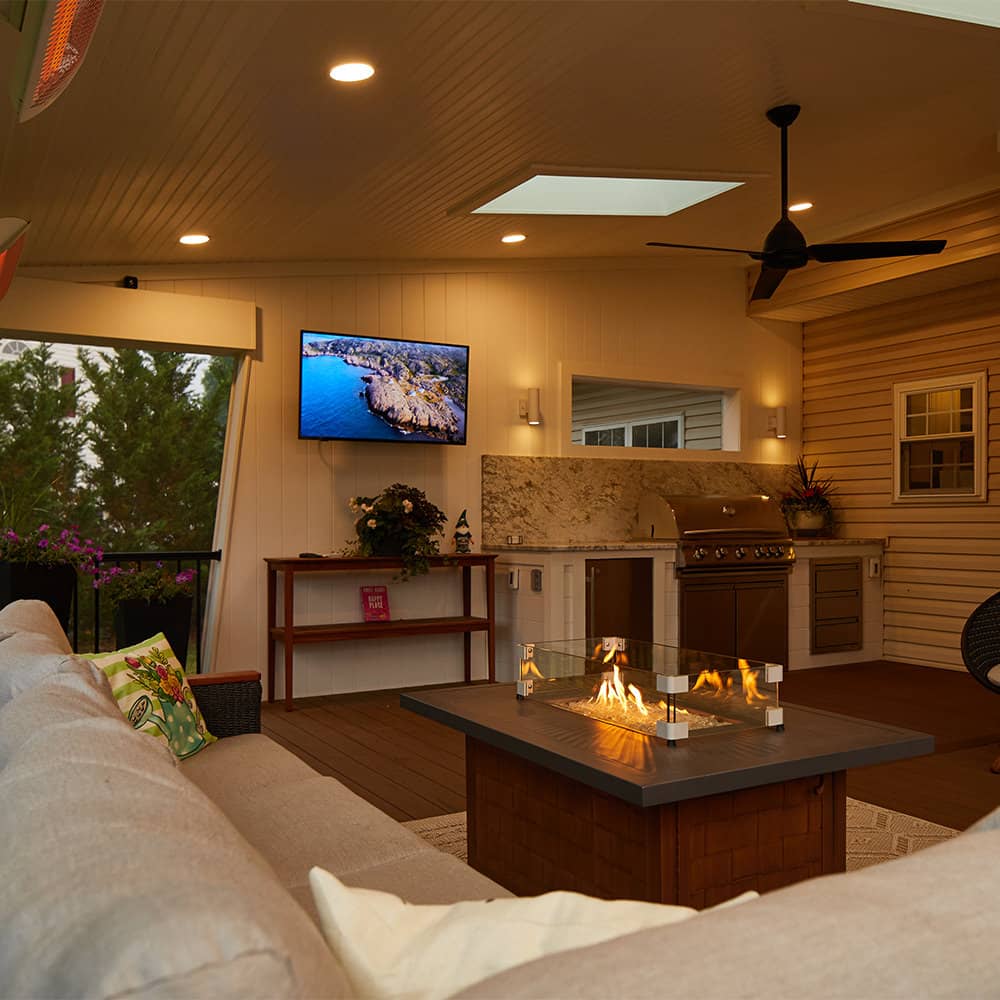Now is the time to plant your spring bulbs!
Posted December 3, 2015 in Blog, General, Landscape Design, Plant and Tree
We have been graced with above average temperatures so far this season, and as a Landscape Design & Build Firm, we aren’t complaining! Not only does this warmer weather allow us more time to create and construct amazing backyard transformations for our clients, but it also extends the time frame we all have to tend to our landscape and to plant our spring bulbs for the early season bloom! Right not is the ideal time to plant your spring bulbs, before the ground freezes.


When planting your spring bulbs, remember these little tips, and you will guarantee successful spring sprouts:
- Select quality bulbs: Not all bulbs are created equal! Smart planning starts with a trip to the garden center to purchase quality bulbs. The best bulbs will be plump and firm. Stay away from bulbs that are on the soft side or have any visible growths on them like mold. While bigger bulbs don’t necessarily mean a bigger bloom, bigger bulbs generally have a higher bloom ratio than the smaller ones.
- Choose your planting location wisely: These bulbs need to be planted in spots that get ample sun and where the soil drains well. Bulbs don’t thrive in an area where water collects and sits; these bulbs need to stay moist, but not wet. Also be sure that the location you choose has nutrient-rich soil. If you are not sure if the soil has enough nutrients, you can always add some organic matter around the bulb to give it the nutrients it longs for.
- Planting: As a rule of thumb, dig the hole for the bulbs 2-3 times deeper than the bulb is long. Also, plant the bulb with the pointy side up. Sometimes it isn’t so obvious which end is pointy, for example, crocus bulbs are more round in shape. If this is the case, you can plant the bulb on its side, chances are the sprout will eventually find its way to the surface. After the bulb is planted, backfill with soil, lightly pack it down and water. There is no need to continuously water unless you live in an extremely dry area during the winter months.

One more helpful hint to make sure your beautiful bounty takes root, protect them from
- Cages: That’s right, plant your bulbs in cages. This might sound a little severe, but it is necessary! By constructing a chicken wire cage to place your bulbs in, ensures that they will not be bulb-knapped! The holes in the cage will allow the roots to grow and establish, the sprouts will find their way through the cage holes on the surface and the rodents will be kept at bay.
- Add a layer of gravel: Add a layer of sharp-edged gravel below and above the bulbs when you plant them. Rodents don’t like to work around anything pointy or sharp, so the gravel also give your bulbs a fighting chance over the fall and winter.
- Hot spices: Liquid or powdered hot spices like chili pepper is another way to keep the nuisance critters away. Liberally drip the liquid or sprinkle the powder over the area where the bulbs are planted and let the fiery products do their work. You will have to be diligent to reapply the spices to keep these pests away, so make sure to set reminders for yourself to keep up. You must be smarter and faster than the critters!
So there you have it, the when and the how to plant spring bulbs in your landscape. If you would like more guidance with your landscape and are ready to transform your outdoor living space into the backyard you have always dreamed of, reach out to MasterPLAN. MasterPLAN Landscape Design has the experience and vision to design your backyard with you and your family in mind, incorporating all of your wish list items in a beautiful and functional way! Let us show you the full potential for your outdoor living space!
Join Our Newsletter
Stay up to date with what is happening with MasterPLAN Outdoor Living.
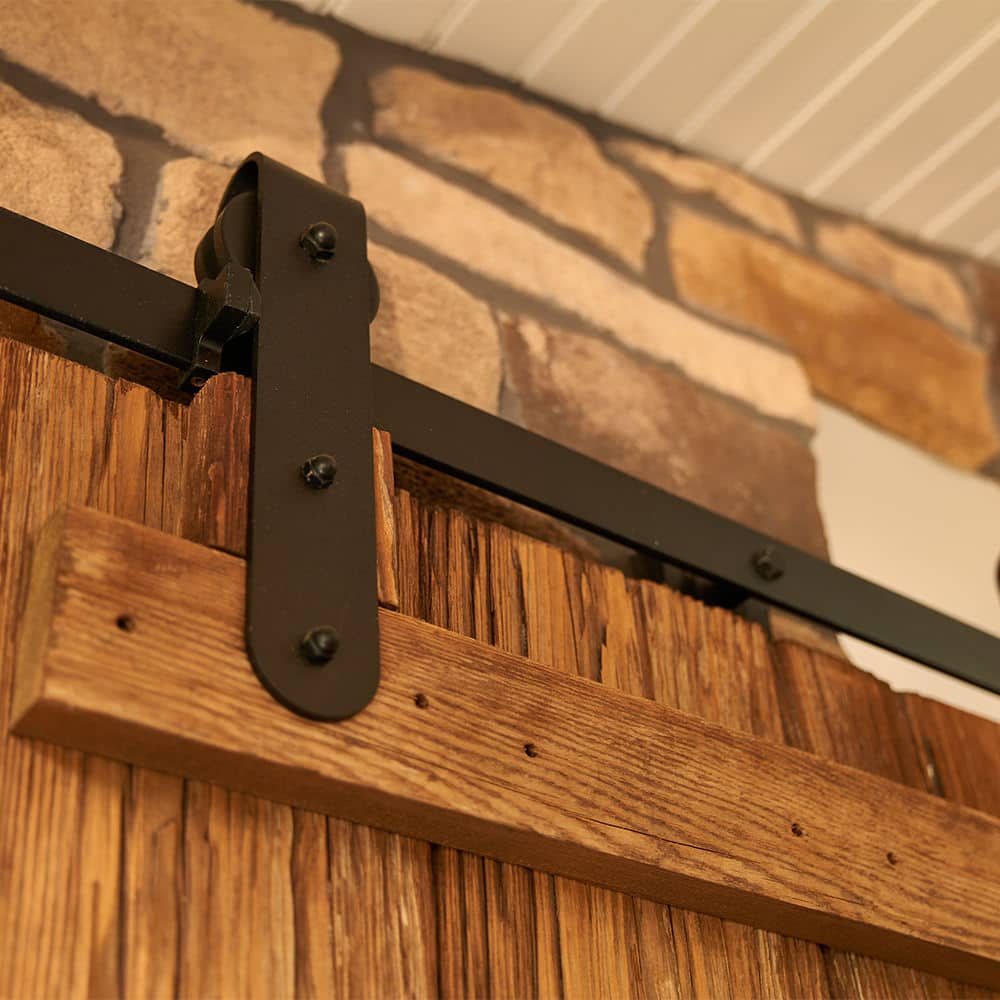
Rustic barnwood will show nail holes and imperfections from a time passed. We have given this material a new life in this beautiful outdoor living space with added modern rustic detail in its hardware.
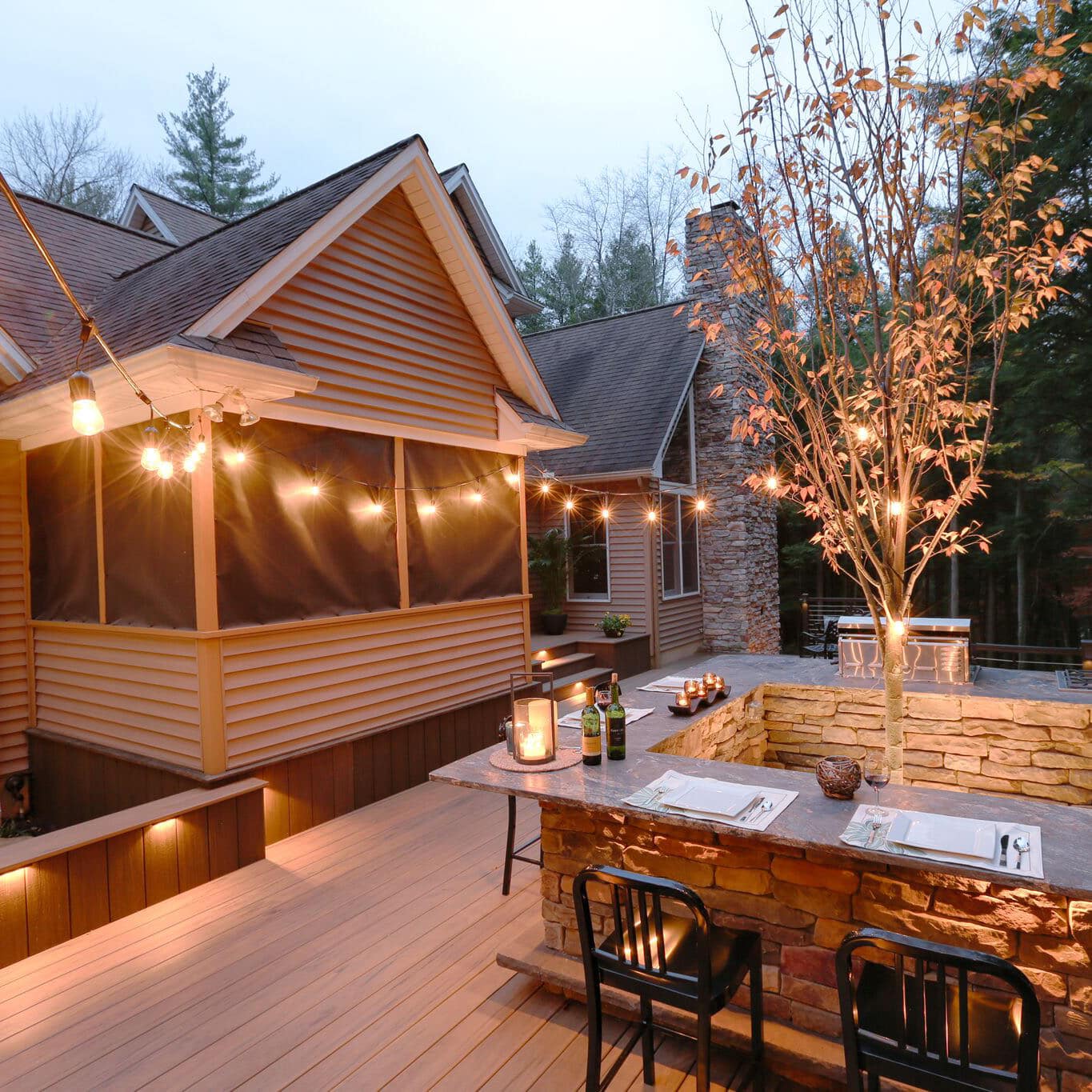
Outdoor dining never looked so good! Learn more about this MasterPLAN project that blends right into nature!
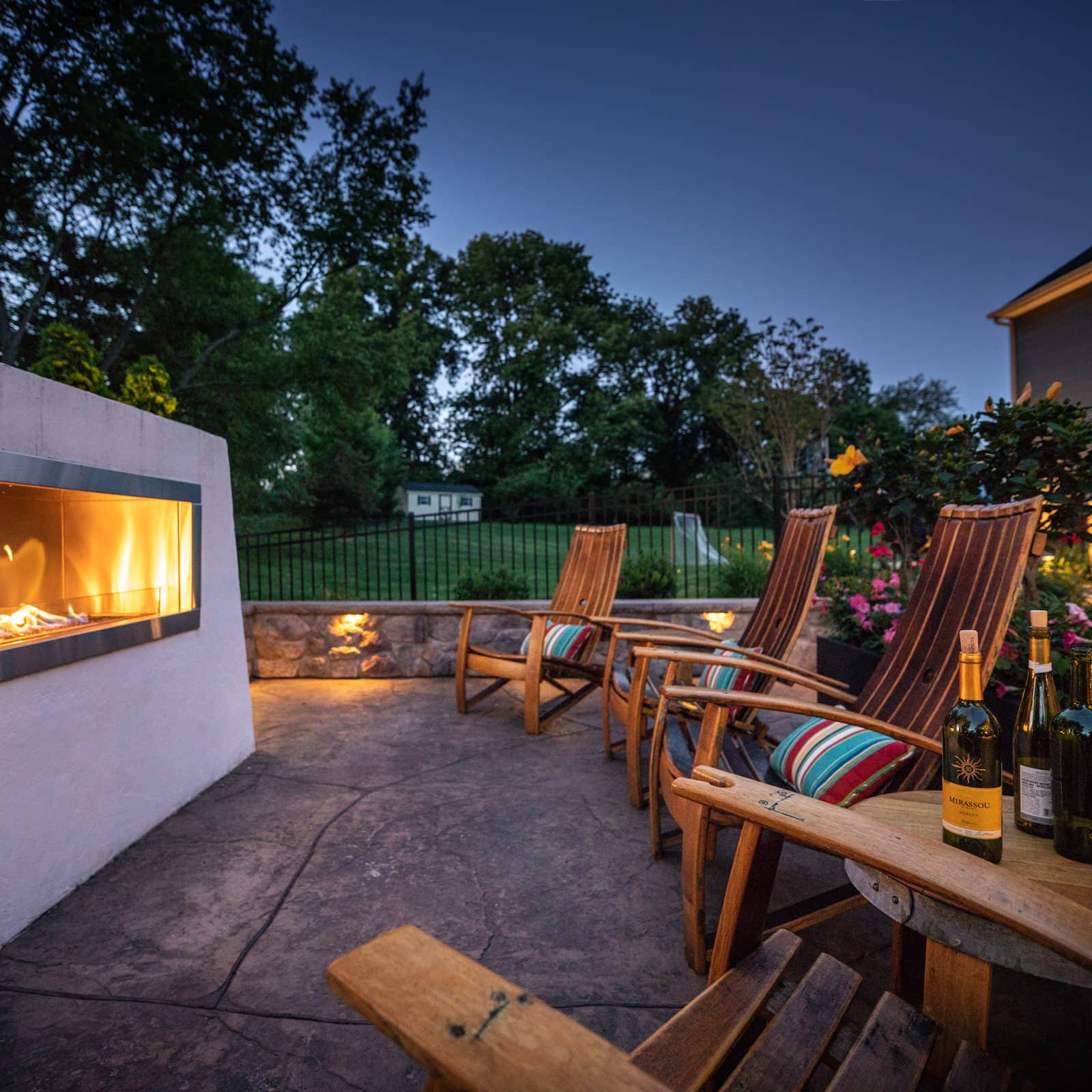
Chilly evenings have never felt so cozy and relaxing! This custom fireplace is a favorite backyard destination for this Royersford family.
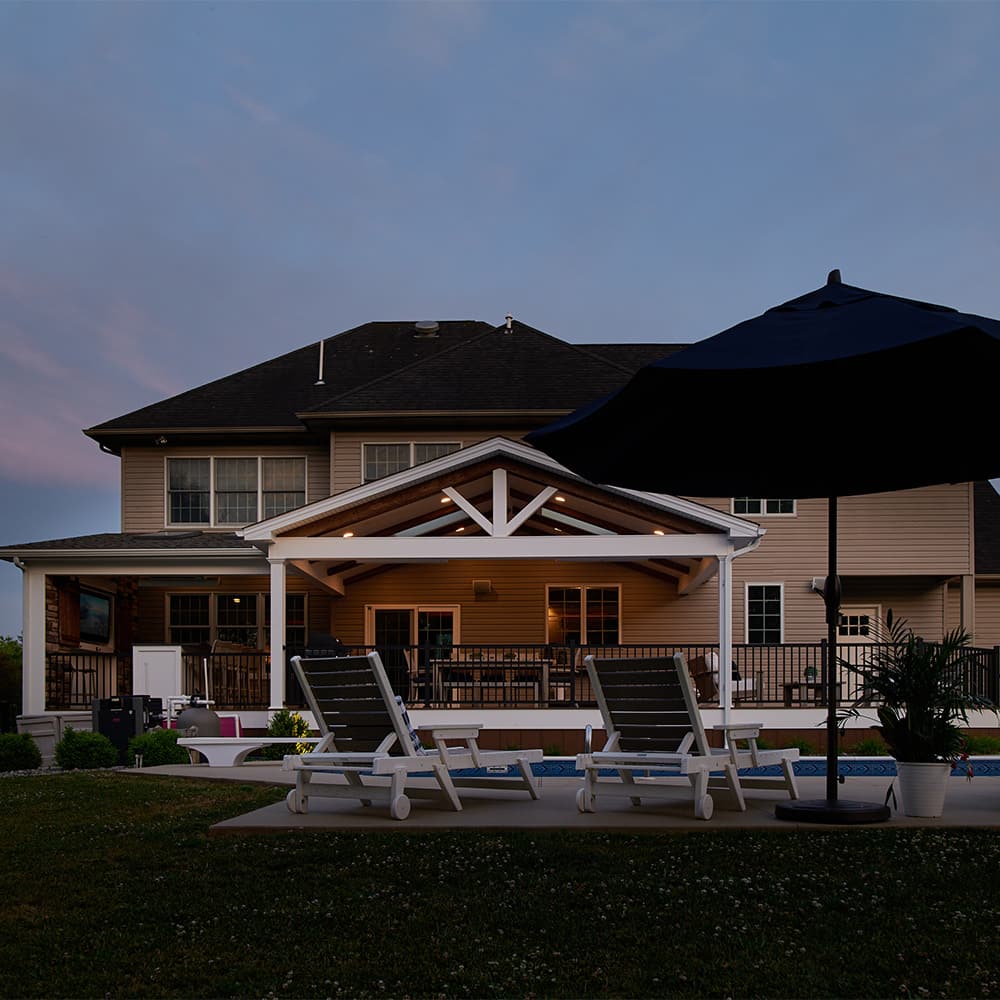
MasterPLAN Outdoor Living’s White Glove Service ensures everything in your project is taken care of for you. Reach out to MasterPLAN today to discuss your outdoor goals and how they can be transformed into your reality!
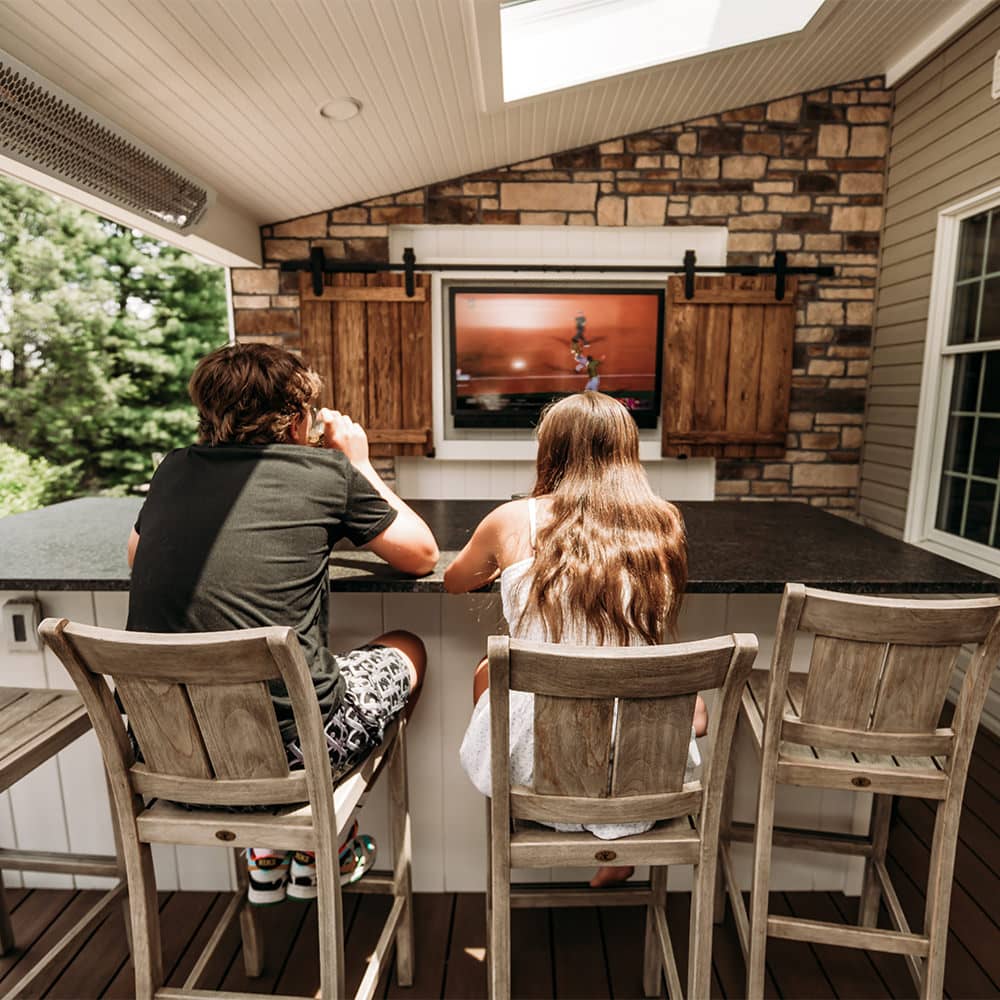
When surrounded by nature and your new outdoor living space, the only argument you’ll hear from your kids is if the runner was out or safe!
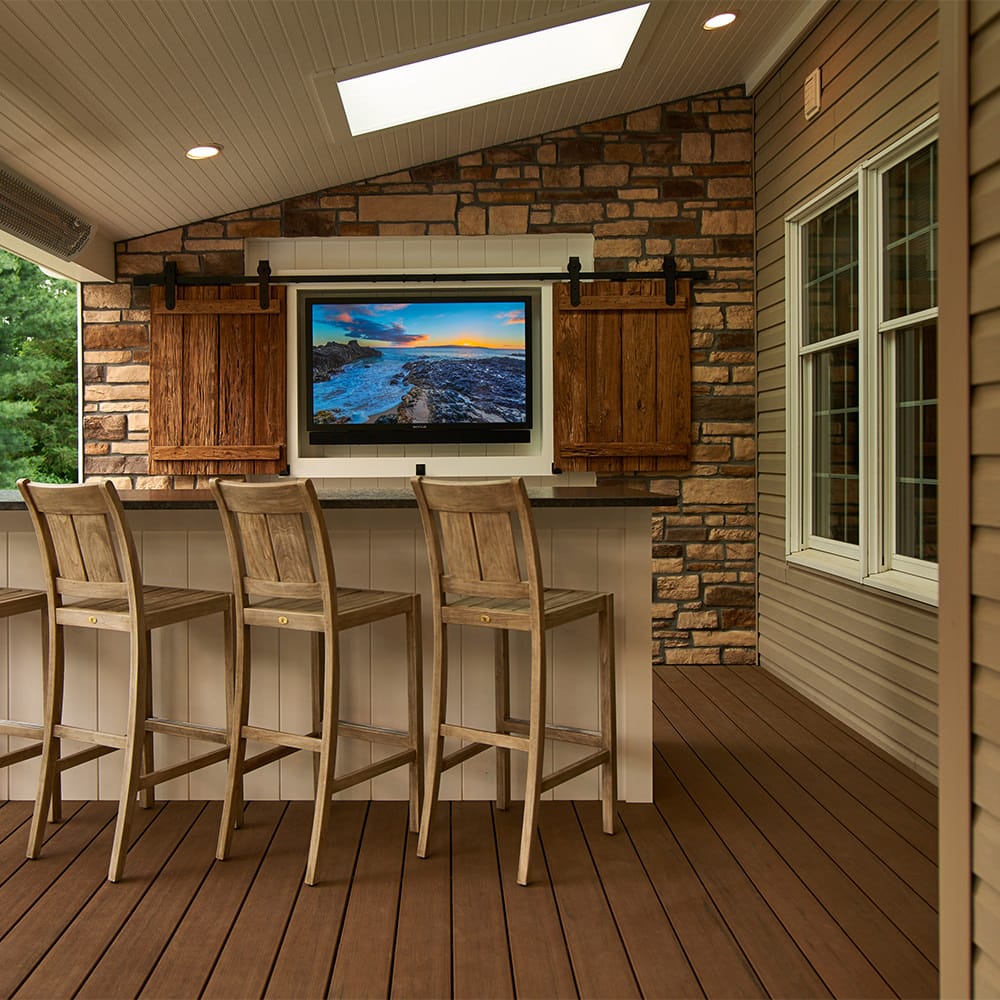
This feature wall creates privacy from the neighbor and doubles as the entertainment hub of the deck! The barnwood, stone veneer and metal accents complement each other in a timeless harmony.

This Center Valley project combines all of nature’s finest elements into one beautiful landscape design.





